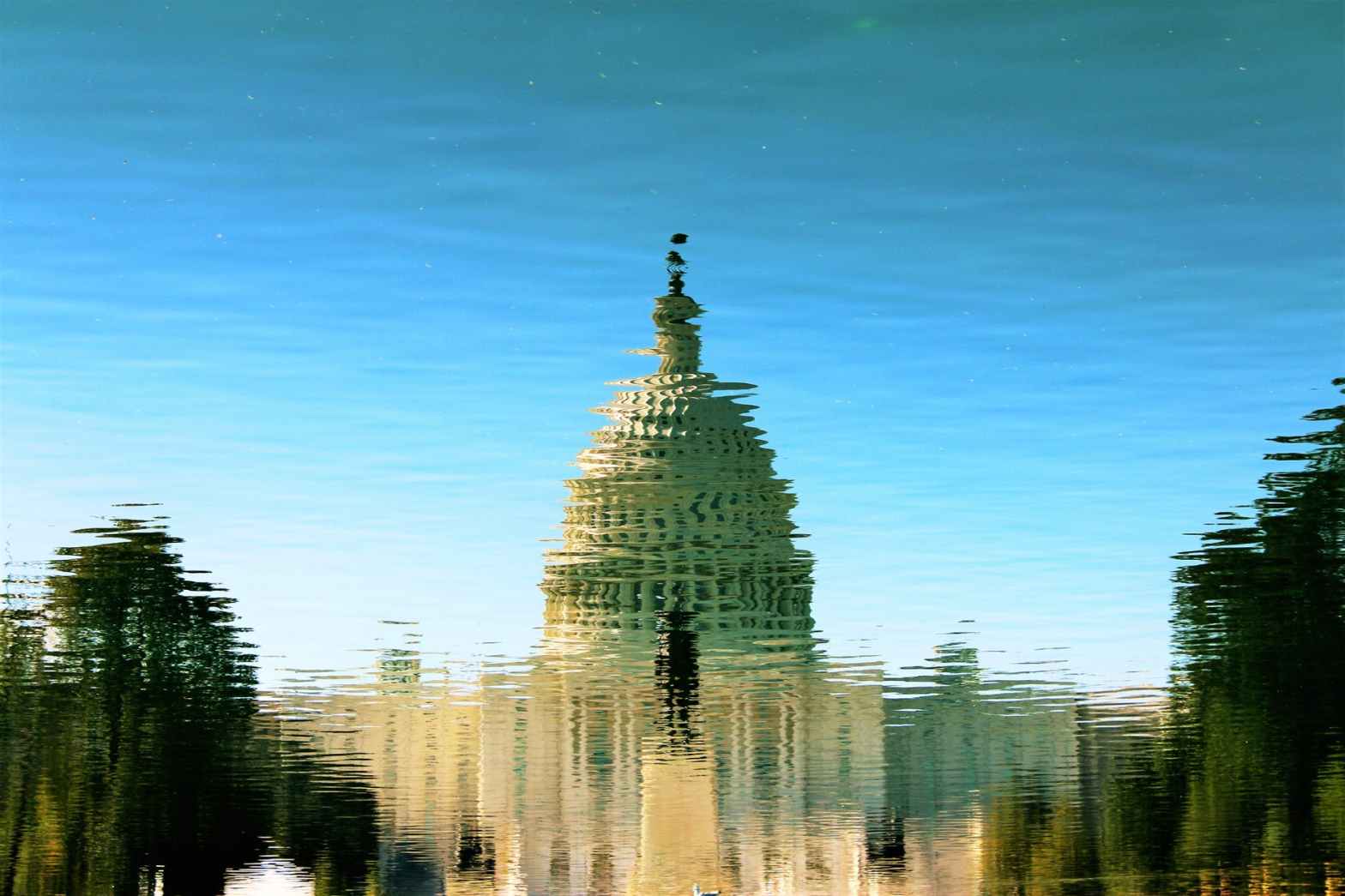For most of the last 30 years, self-described ideological moderates have comprised a plurality of the American electorate. While the share of moderates has dropped slightly in recent years, 38 percent of voters in 2010 still described themselves as such.
In Congress, on the other hand, moderates are decidedly—and increasingly—a minority. Among Democrats, the moderate New Democrat and Blue Dog Coalitions suffered heavy losses among their respective memberships in 2010 and are now outnumbered by their liberal counterparts in the Progressive Caucus. Among Republicans, moderate
members are an even rarer species. In fact, there are only 33 members of the moderate Republican Main Street Partnership who are not also part of the 177-member conservative Republican Study Committee.
Analysts have offered up structural explanations—such as gerrymandering and the current political primary system—for why there aren’t more moderates in elected office to reflect America’s true ideological complexion. This paper looks at another structural disadvantage that moderate candidates and incumbents face: campaign finance.
For better or for worse, financing plays a major role in a candidate’s viability and success. Financing buys the ads and ability to raise a candidate’s profile, counter the opposition and turn out the vote. A hefty campaign war chest can be enough in itself to discourage potential rivals.
According to the Federal Election Commission, House Congressional races cost a grand total of nearly $1.1 billion in 2010—or $2.5 million per seat. Moreover, elections are becoming increasingly expensive. The spending in 2010 was nearly double the $563 million spent just a decade ago in 2000. But as this analysis shows, the burden of fundraising falls much more heavily on moderates. While it’s axiomatic in today’s politics that winning and keeping a seat is more expensive in “moderate” districts than in more reliably red or blue turf, this analysis provides a case study that quantifies just how much the “centrist premium” costs.
In particular, this analysis draws on Federal Election Commission data to compare the campaign expenditures made by Democratic candidates and their opponents in “moderate” versus “liberal” districts in the House. To avoid ideological judgment calls, self-selected members of the New Democrat and Blue Dog Coalitions and the Progressive Caucus were used as proxies for defining “moderate” and “liberal.”
Among the key findings:
1. Moderate Democrats and their opponents spent more than twice as much on their campaigns in 2010 as their counterparts in liberal districts. Blue Dogs, New Democrats
and their opponents spent an average of $3.3 million on their campaigns, compared to an average of $1.6 million spent by candidates and opponents in Progressive Caucus districts. Not only did moderate candidates spend more to defend their seats, they
faced better-financed challengers.
2. Moderate candidates were much more likely to draw outside spending in their districts. On average, outside groups spent a district-by-district average of $1.46 million in Blue Dog and New Democratic races, versus an average of just $257,000
on Progressive Caucus campaigns. With the inclusion of outside spending, the total cost of campaigning in moderate districts soars to an average per district of $4.76 million, compared to a grand total average of $1.87 million in liberal districts.
3. “Safer” moderate members still pay a premium. On the whole, veteran moderates spend less on their campaigns than newcomers. Nevertheless, among Blue Dog, New Democratic and Progressive candidates who won by similar margins, moderate
candidates and their opponents still outspent liberal candidates and their opponents by an average of almost $900,000.
Continue reading…


